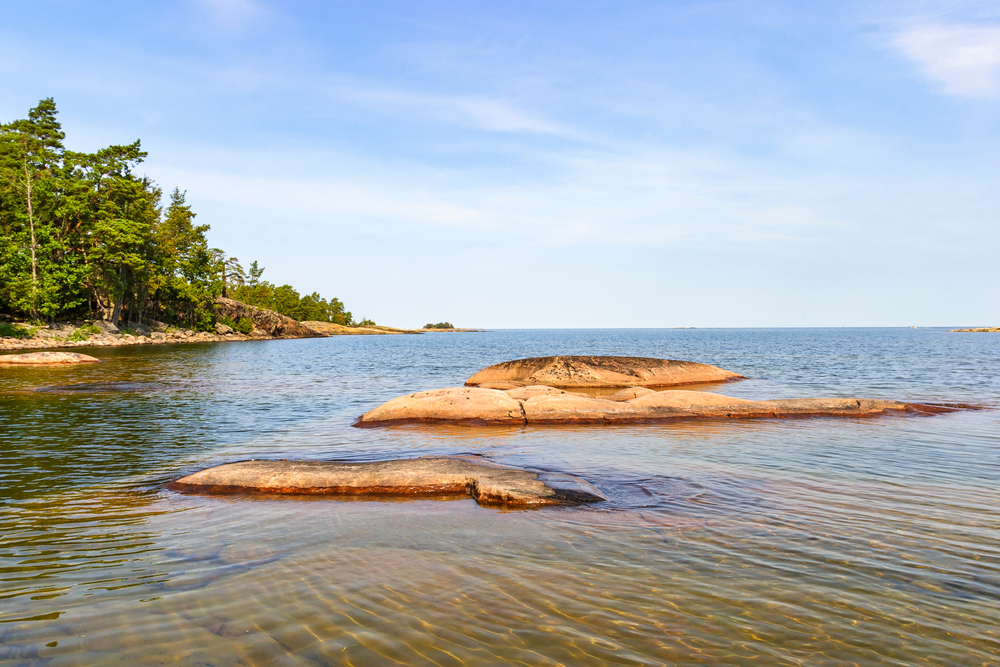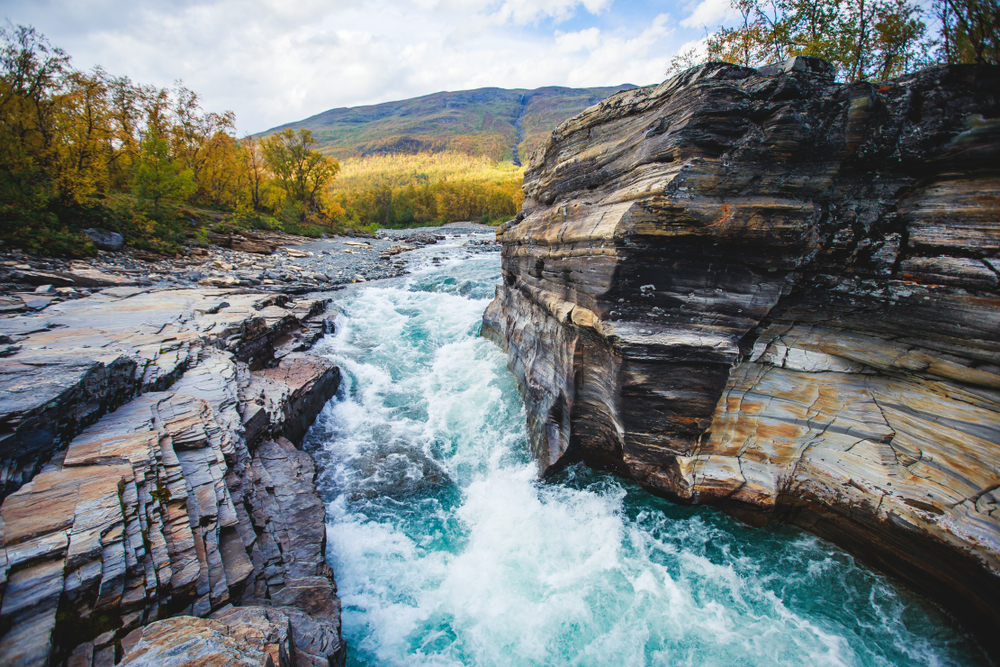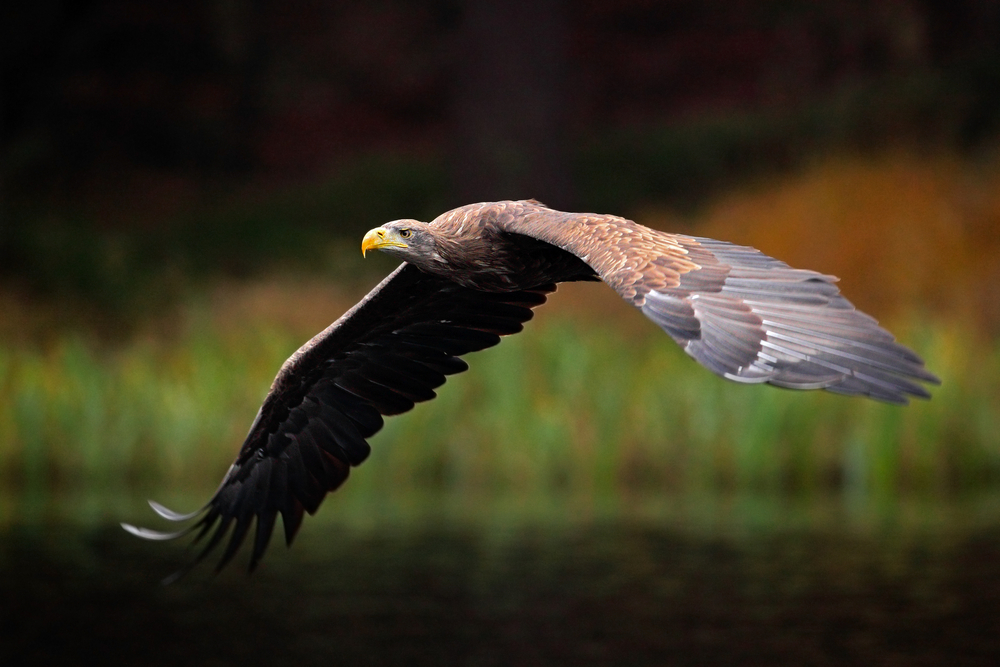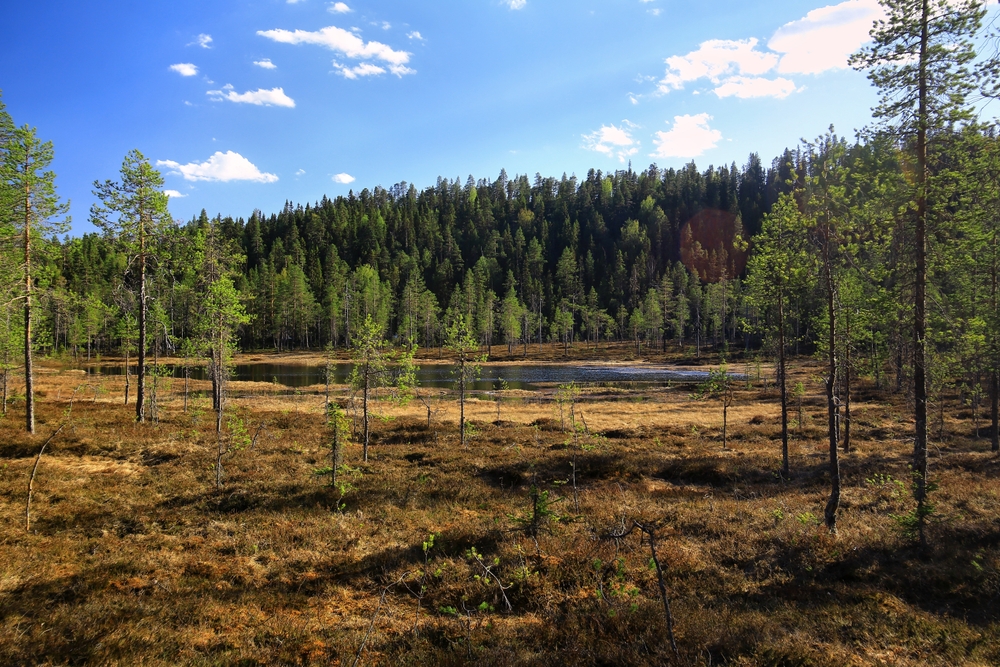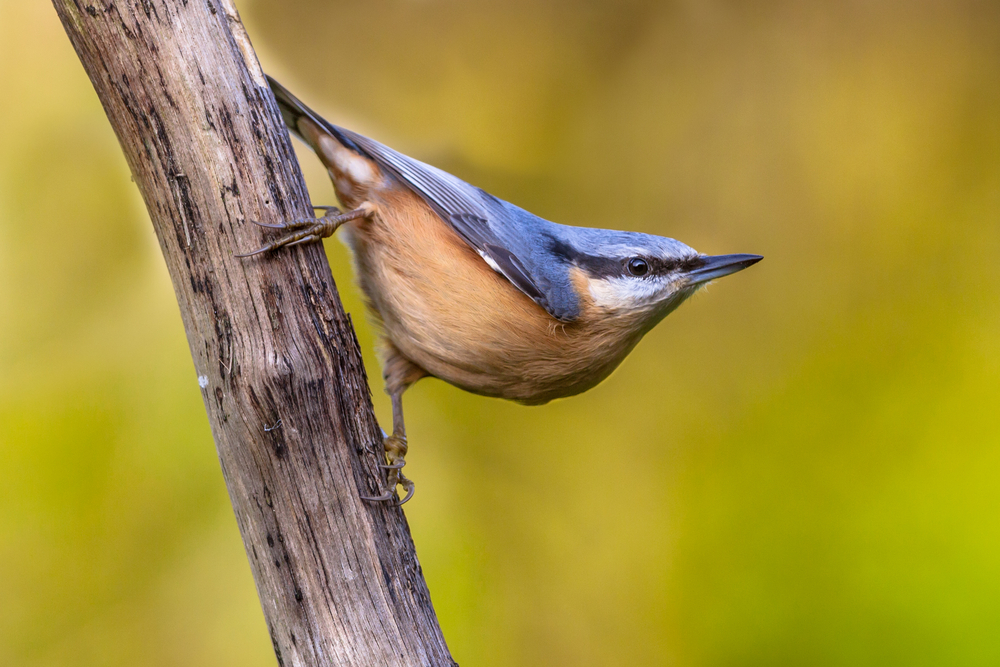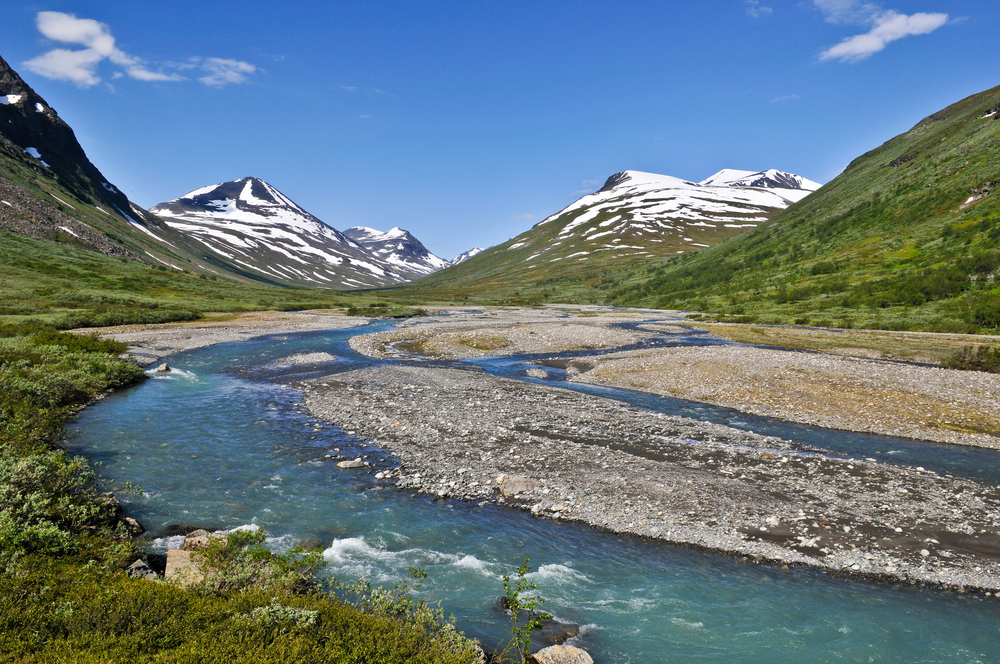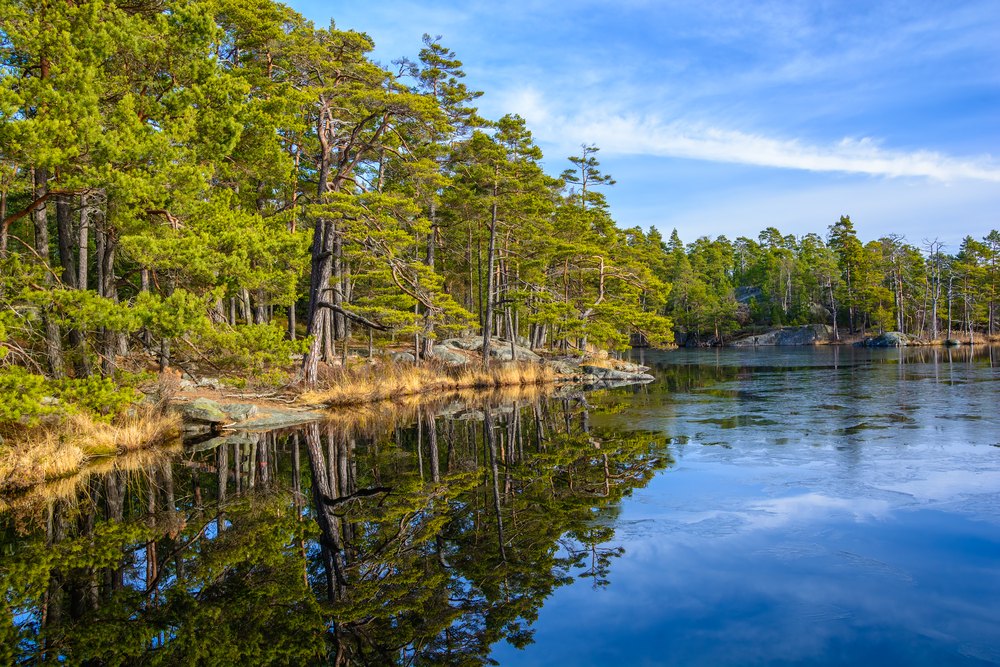Djuro Overview
Djurö National Park, known locally as Djurö nationalpark, is a pristine archipelago located in the heart of Lake Vänern, Sweden’s largest lake.
Established in 1991, the park encompasses approximately 9.3 square miles (24 square kilometers) and comprises over thirty islands and rocky islets. This remote and isolated archipelago is situated within Västra Götaland County, with the nearest cities being Mariestad and Karlstad.
The terrain of Djurö National Park is characterized by wave-swept rocks, rugged cliffs, and rubble stone shores that define the islands’ perimeters. The main island features a barren pine forest interspersed with grassy glades, remnants of historical cultivation.
Notably, the southern part of the main island hosts a large grassy clearing maintained by grazing fallow deer, where majestic oak trees and a significant lime tree stand as testaments to the island’s natural heritage. The juxtaposition of dense pine forests with open meadows creates a diverse landscape that supports a variety of vegetation.
Djurö National Park is a haven for wildlife enthusiasts, offering opportunities to observe a rich array of bird species. The archipelago’s abundant birdlife includes ospreys, known for their impressive fishing skills, and the great black-backed gulls, the largest gull species.
Other avian inhabitants include oystercatchers and hobby falcons. The presence of fallow deer, introduced to the island, adds to the park’s biodiversity, providing visitors with the chance to observe these graceful mammals in their natural habitat.
A prominent feature of the park is the lighthouse located on the northern part of the main island. This historic structure, accompanied by an adjoining residence, offers insight into the island’s maritime history. In the southern region, visitors can find a residence and a hunting lodge, reflecting the island’s past human habitation.
These buildings, now available for rental, provide unique accommodation experiences, allowing visitors to immerse themselves fully in the tranquility of the archipelago.
Access to Djurö National Park is primarily by boat, as the archipelago’s remote location in the middle of Lake Vänern makes it inaccessible by land. Visitors can reach the islands using private or rented boats, with several natural harbors, such as Malbergshamnen, offering safe anchorage.
For those without access to a boat, local boat taxi services operate from various points, including Mariestad, Sjötorp, Askevik, Otterbäcken, and Spiken on Kållandsö, providing convenient transportation to the park.
Once on the islands, visitors can engage in various activities to experience the park’s natural beauty. Hiking trails meander through the pine forests and along the rocky shores, offering scenic views of the lake and opportunities for wildlife observation.
The serene environment is ideal for birdwatching, photography, and simply enjoying the peacefulness away from urban life. The park’s isolation ensures a tranquil experience, making it a perfect retreat for nature lovers.
Conservation efforts in Djurö National Park focus on preserving its unique archipelago ecosystem and the species that inhabit it. The management of the park includes maintaining the natural habitats, such as the grassy glades kept open by fallow deer grazing, and protecting the diverse bird populations that rely on the islands for nesting and feeding.
The rental of historical buildings for accommodation serves a dual purpose: providing visitors with immersive experiences while ensuring the upkeep and preservation of these structures. The park’s administration emphasizes sustainable tourism practices to minimize human impact, ensuring that Djurö remains a pristine natural sanctuary for future generations.
In summary, Djurö National Park offers a unique blend of natural beauty, rich wildlife, and historical significance. Its remote location in Lake Vänern provides a secluded retreat for visitors seeking to connect with nature.
Through dedicated conservation efforts and sustainable visitor engagement, the park continues to preserve its ecological integrity while offering memorable experiences to all who venture to its shores.








































































